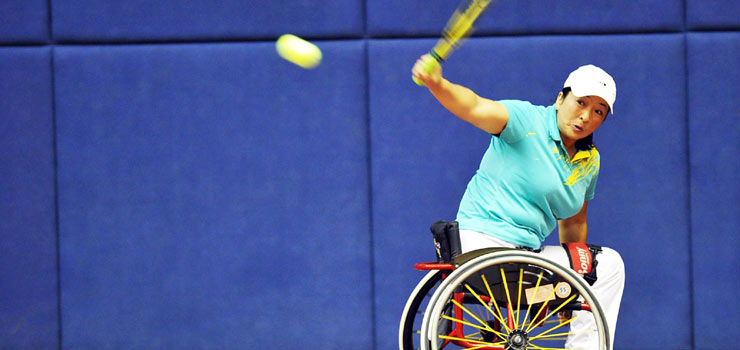More China investment in US to come: Envoy
Updated: 2011-10-24 11:06
By Cheng Guangjin (China Daily)
|
|||||||||
COLLEGE STATION, TEXAS - The United States will receive more and more Chinese investment, which will help the country's economy and create jobs, said China's top diplomat to the US on Sunday.
Zhang Yesui, Chinese ambassador to the US told an audience attending the 5th China-US Relations Conference (Full text of the speech) that potential areas for China's increasing investments in the US will include clean energy, environmental protection and infrastructure.
However, Zhang reiterated in his opening remarks that politicizing China-US trade imbalance by legislation will only lead to a "trade war".
He also urged the US to stop selling arms to Taiwan, which has damaged the bilateral relationship that has become one of the most complex bilateral relationships in the world.
The conference, held biannually taking turns in China and the US, aims to promote, strengthen and expand academic and business collaborations between the two countries.
Zhang calls for a better investment environment in the US for Chinese investments, which by far is only a small portion in China's overall foreign direct investments.
"I am confident that there will be more and more Chinese investment come to the US, because this is not only good for the investors themselves, it actually helps your economy and helps to create jobs in this country. This is very, very important," Zhang said.
Responding to a question on US trade deficit with China, Zhang said the trade imbalance is a combination of complicated factors.
"We do not believe that legislation is the appropriate mechanism," he said.
The Currency Exchange Rate Oversight Act, which the US Senate passed 63-35 on Oct 11, threatens to punish China for allegedly undervaluing its currency with retaliatory tariffs on imports from China.
Zhang said the exchange rate of the yuan may be a factor for the loss of jobs in the US, but it is not a very important factor.
Causes for the imbalance include the two counties' structural trade and investment differences, divergent patterns of saving and consumption, and the international division of labor, according to Zhang.
"Many of the manufacturing products the US imports from China are no longer produced in the US. If the US decided to stop importing from China, it has to import from somewhere else. Maybe for ordinary consumers, they have to pay more for the same quality of products," Zhang said.
Zhang proposed four priorities to build a bilateral, cooperative partnership as President Hu Jintao and President Barack Obama announced in a joint statement during Hu's state visit to the US in January.
Zhang said if people of the two countries continue to look at each other with the Cold War mindset, China and the US will be drawn into confrontation and conflict.
"If we work together as partners, we would both emerge as winners," he said.
China and the US are both undertaking massive efforts to restructure their economies, which offers opportunities for increasing trade, investments and expanding cooperation in areas including clean energy, energy conservation, environmental protection, and infrastructure, Zhang said.
Zhang noted that there is also a great potential for collaboration at the sub-national level.
To help spur exports to China and boost domestic employment, six US governors visited China to explore trade opportunities with their Chinese counterparts last week. Their visit follows the attendance of four Chinese provincial leaders at the US-China Governors Forum held in Salt Lake City in July.
Zhang also called for the two countries to improve strategic mutual trust, which is the basis for any partnership.
"It is imperative to have a correct judgment and understanding of each other's strategic intention and policy objectives," Zhang said.
China and the US have launched many opportunities to continue talks, including the Strategic and Economic Dialogue, Strategic Security Dialogue and Asia-Pacific Affairs Consultation.
China Daily
(China Daily 10/24/2011 page1)










